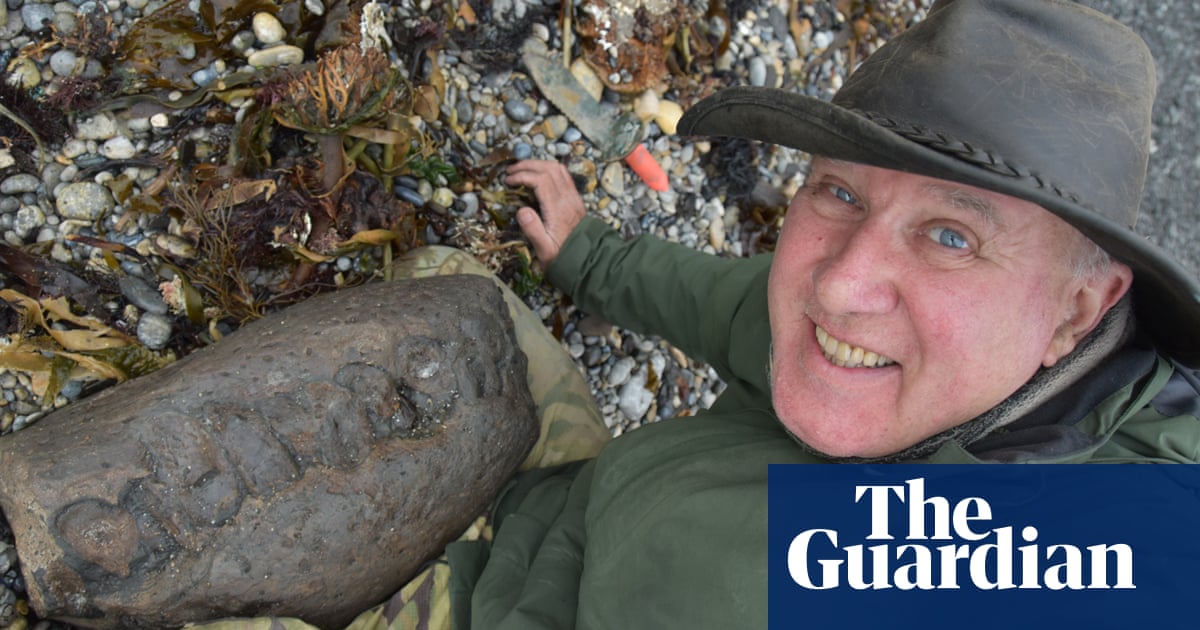
One of the most terrifying Jurassic sea creatures is to appear on commemorative 50p coins to celebrate the work of the pioneering fossil hunter Mary Anning.
The temnodontosaurus coins will shine a light on the 19th-century palaeontologist, who made a series of discoveries near her home in Lyme Regis, Dorset.
As a working-class woman, Anning’s achievements were long overlooked. A suite of rooms was named after her at the Natural History Museum in London in 2018 and she is the main character in the film Ammonite, in which she is played by Kate Winslet, which was shown at festivals last year and is due for UK release in the coming months.
Anning was on the shortlist to be the face of the new £50 note, coming this year, but missed out to Alan Turing.
The Royal Mint has collaborated with the Natural History Museum on the 50p coins for what is the second in a series called Tales of the Earth. Last year the subject was dinosaurs, this year it will be the Jurassic creatures discovered by Anning.
Clare Matterson, the executive director of engagement at the Natural History Museum, said the institution was thrilled to be involved in the project. “The Mary Anning collection celebrates a pivotal figure in the understanding of palaeontology, important contributions to science that were rarely acknowledged in Mary’s lifetime. It is fantastic to see Mary celebrated in such a special way in 2021.”
The first coin released features the temnodontosaurus, one of the largest and fiercest types of ichthyosaur. Up to 10 metres long, it had the largest eye of any animal, the size of a football, and would hunt in the ocean that once covered much of southern Britain. Its bite force has been estimated as twice that of a large saltwater crocodile.
Anning, aged about 12, and her brother Joseph made the first discovery of a temnodontosaurus in 1810.
Other coins in the collection will highlight Anning’s discoveries of the plesiosaurus, a large marine reptile, and the dimorphodon, a pterosaur once thought to be a type of flying dragon but more recently identified as a last-resort flyer.
The coins, priced from £10 to £1,100, have been designed by the natural history artist Robert Nicholls, guided by one of the museum’s experts, Sandra Chapman. Each of the coins, the Royal Mint says, features “a scientifically accurate reconstruction of the creatures and the environment that they existed in”.
It will hope that is the case given the ridicule directed its way after HG Wells fans highlighted errors in coins commemorating the author, including an extra leg on his “monstrous tripod” from The War of the Worlds.
The Royal Mint also faced criticism for failing to use an Oxford comma on its Brexit 50p piece. Its slogan read: “Peace, prosperity and friendship with all nations.” The writer Philip Pullman called for it to be boycotted “by all literate people”.












